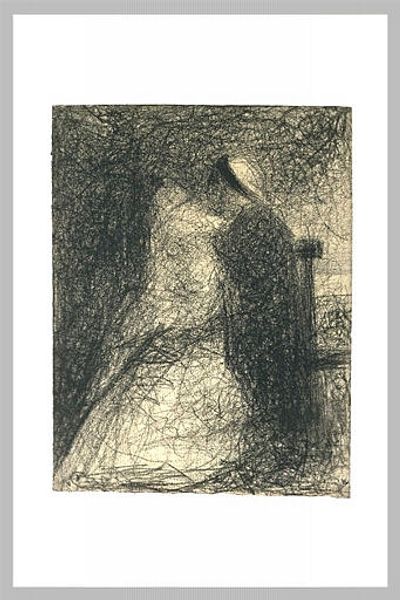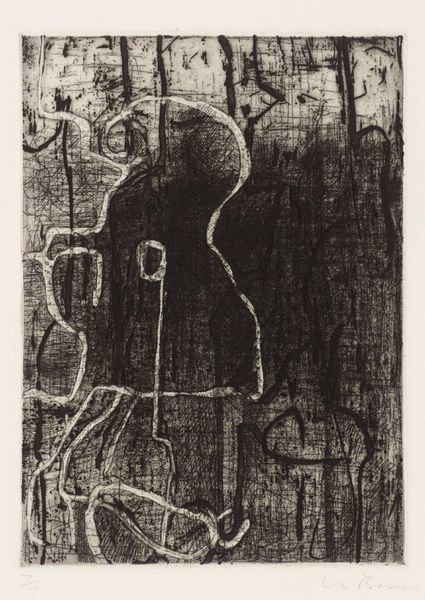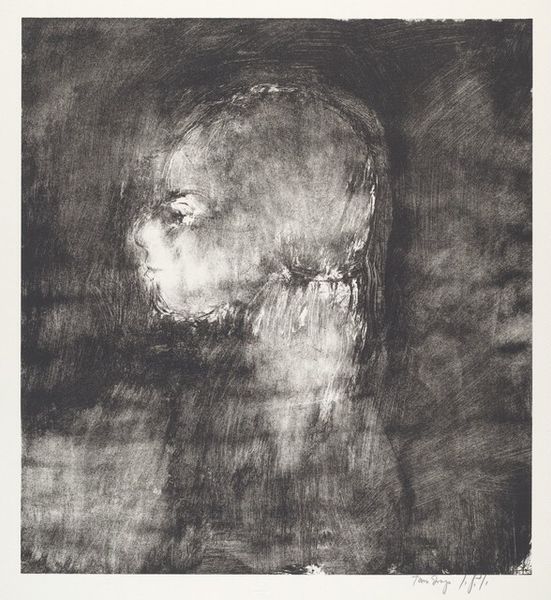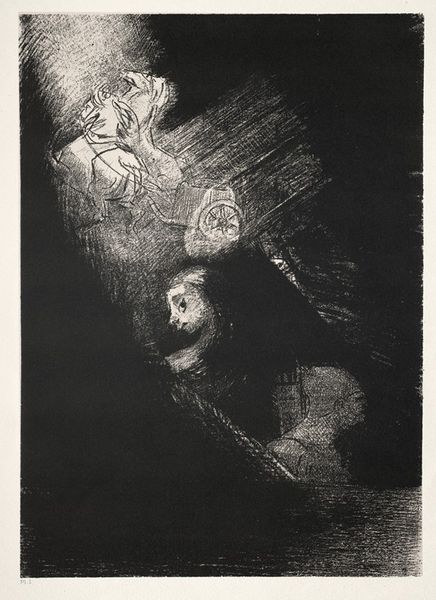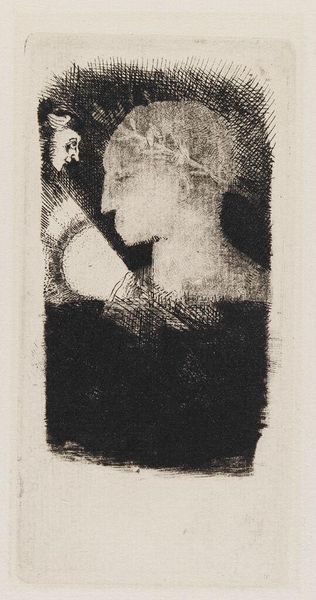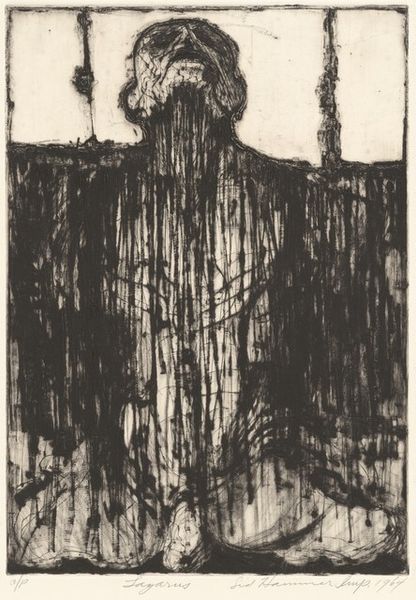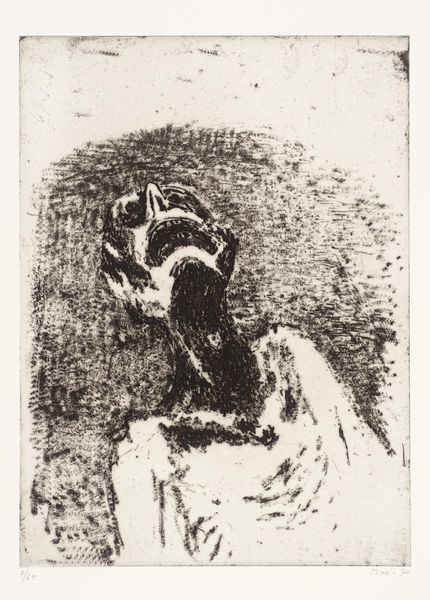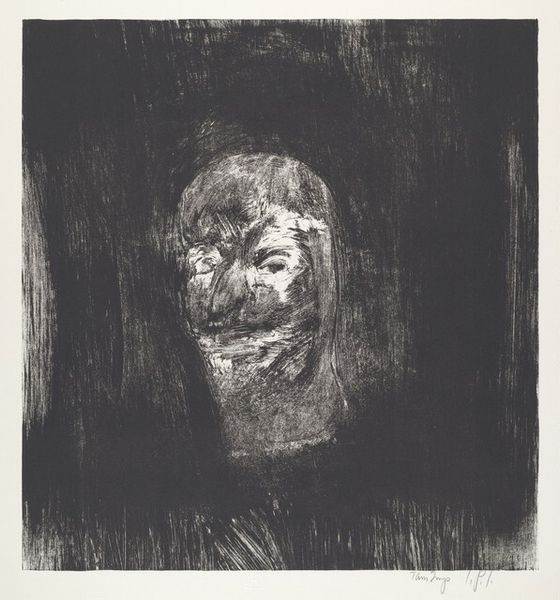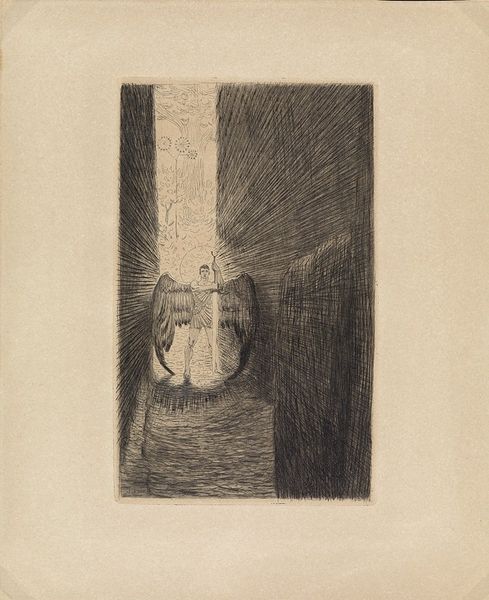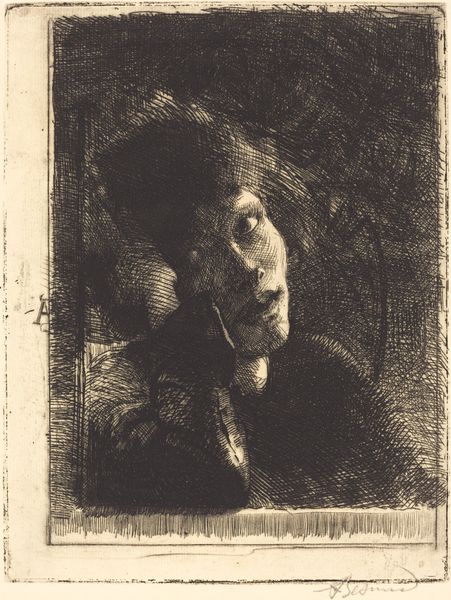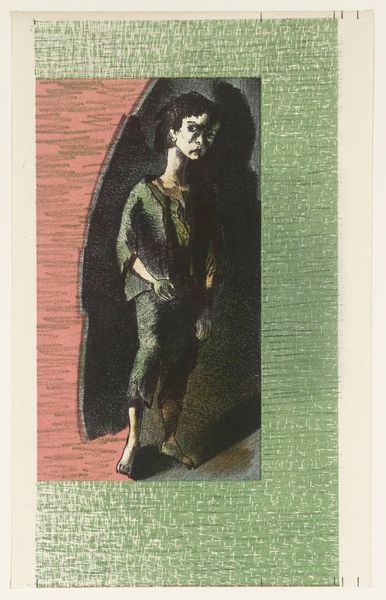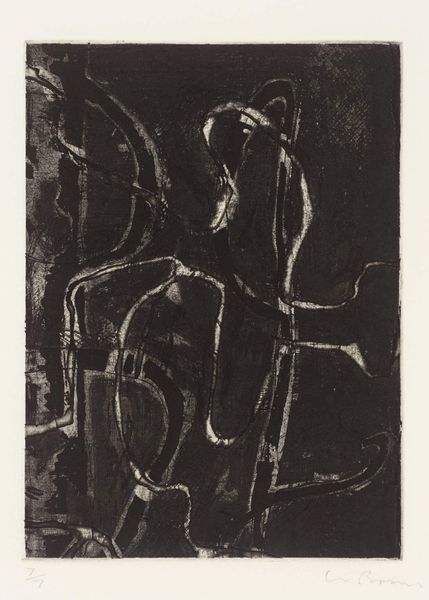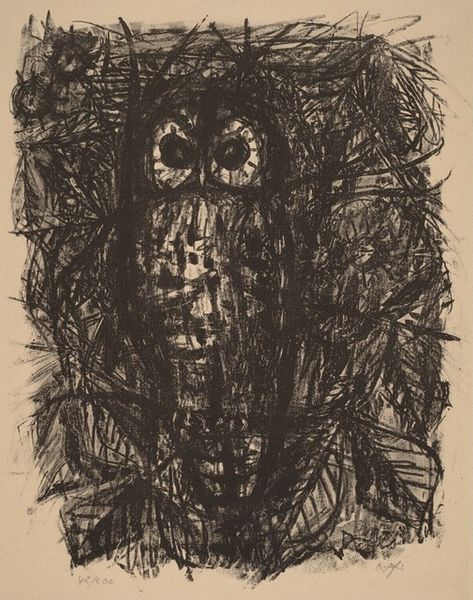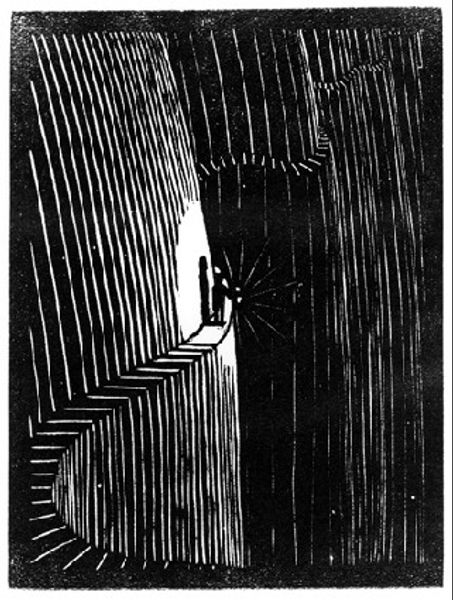
drawing, pencil, frottage
#
portrait
#
drawing
#
impressionism
#
pencil
#
line
#
frottage
Dimensions: 31.5 x 24.2 cm
Copyright: Public domain
Editor: So, this is Georges Seurat’s "Voilette" from 1883, a pencil drawing currently residing in the Musée d'Orsay. It looks almost like a study in textures created with just simple pencil lines. It's kind of somber. What do you make of it? Curator: Well, I see a profound engagement with the materiality of the medium itself. Note the frottage technique – Seurat didn't just draw; he rubbed the pencil to create these varied textures. Consider the accessibility of pencil, a common tool elevated to fine art. What does it mean when everyday materials and processes are deployed in the production of an object for elite consumption? Editor: That's a really interesting point – the subversion of the "high" and "low". Curator: Exactly. This work blurs that boundary by using the accessible tool of pencil in ways that both reveal and conceal. Notice how the layers of pencil strokes almost form a fabric. What might that say about the role of drawing as labor or even about class distinctions reflected in labor itself? Editor: I hadn't thought about the labor aspect so explicitly. So, is it a statement about artistic labour as distinct from manual labour, given that he uses this common material, pencil, but in a sophisticated, almost academic way? Curator: It invites that interpretation, doesn’t it? It encourages us to consider how the "value" of art is constructed not just through subject matter but through the physical process, the touch, the labor embedded in the very fabric of the drawing, or in this case, the layers of graphite on paper. Editor: I am struck by how focusing on materials really changed my reading of it. Curator: Indeed. It highlights how artists and artisans of all classes contribute to our culture. It makes one consider the hierarchies inherent in how we view, value, and ultimately consume art.
Comments
No comments
Be the first to comment and join the conversation on the ultimate creative platform.
